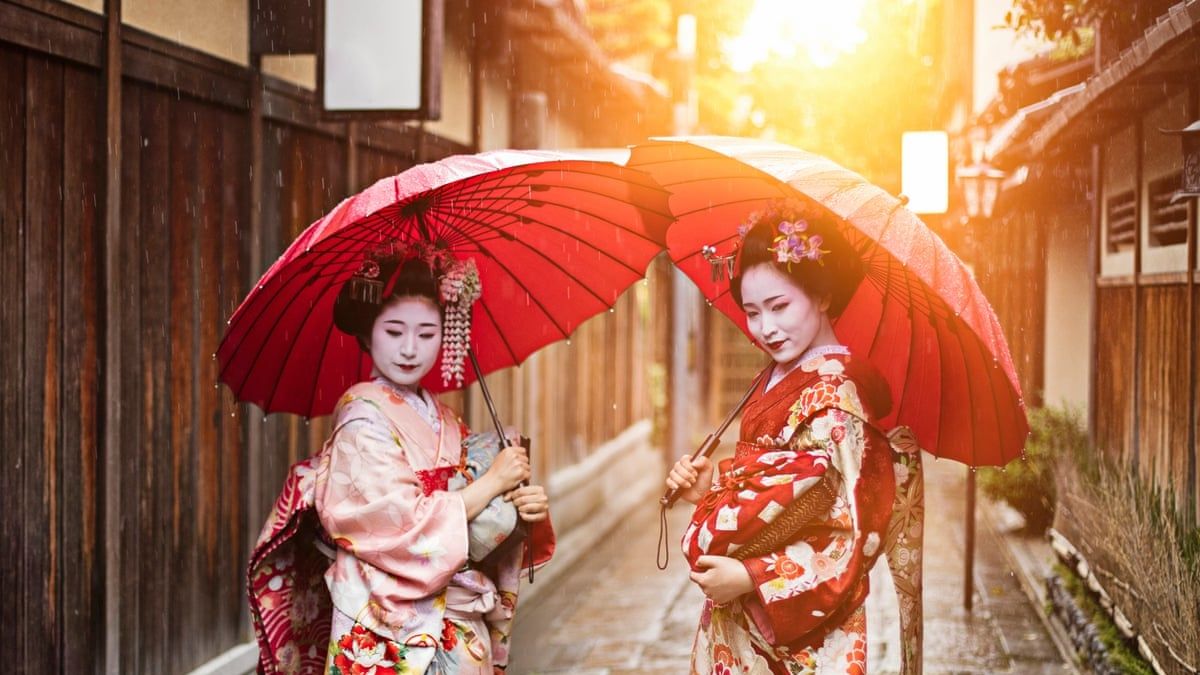
In Kyoto’s historic Gion district, geisha and maiko face daily disruptions from tourists eager to capture their images, often resorting to intrusive behavior. Despite existing efforts to educate visitors on etiquette, including pamphlets and signs, and implementing fines for unauthorized photography, the challenge persists. The local council is now planning to restrict tourist access to certain alleys by April 2024 to safeguard these cultural practitioners’ privacy and dignity.
Struggle Against Overtourism and Intrusive Photography
The picturesque streets of Gion, known for its traditional wooden machiya houses, have long attracted tourists. Here, geisha and their apprentices, maiko, dressed in exquisite kimonos and makeup, become unintended attractions, leading to the nickname ‘geisha paparazzi’. This relentless pursuit for photographs has escalated to alarming levels of disrespect, including physical harassment, prompting Gion’s local council to take action. Signs in multiple languages and potential fines have been introduced, yet enforcement remains challenging, highlighting the need for stricter measures.
Planned Restrictions and Local Reactions
With the return of mass tourism post-pandemic, the issue of ‘geisha paparazzi’ has intensified. Gion’s local council, recognizing the limitations of current measures, is moving towards completely closing off select side alleys to tourists by April 2024. This decision, while preserving the main thoroughfare Hanamikoji for public use, aims to offer geisha and maiko a reprieve from intrusive photography. Yet, concerns about enforcement and tourist cooperation linger, with some locals feeling compelled to personally confront disrespectful visitors.
Broader Implications and Solutions
The phenomenon is not unique to Kyoto. Similar issues of overtourism and intrusive photography plague culturally significant sites worldwide, including Hanoi’s ‘train street’ and Easter Island. The situation in Gion underscores a global challenge: balancing tourism and cultural preservation. Proposed solutions include mandatory Japanese tour guides for visitors to Gion, aiming to foster respect and understanding. Additionally, venues like the local Gion Theatre offer structured opportunities for genuine engagement with geisha culture, suggesting a path forward that respects both cultural heritage and tourist curiosity.
The ongoing struggle in Gion reflects broader concerns over photography etiquette and the impact of overtourism on cultural sites. As measures evolve, the hope is for a future where cultural practitioners can maintain their traditions with dignity, free from the intrusion of ‘geisha paparazzi’. This case sets a precedent for other regions facing similar challenges, emphasizing the need for global awareness and respect for cultural propriety in the age of social media and mass tourism.




